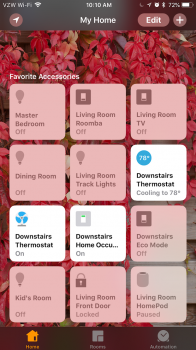I've reinstalled HomeBridge a couple of times (One SD card failure and second time I put a fresh install of the Raspbian Stretch OS) and all I do is keep a copy of the config.json and every plugin I install I write the name to a text file and save that.
If you need to re-install, just install HomeBridge as normal and then install all the plugins one by one. Drop in your config.json and you are good to go.
You can also remove your SD card and back it up as a disk image to your Mac.
I work normally entirely on the command line, but another poster on here (sorry forgotten your name

Edit - thank you
@Weaselboy ), showed a plugin that is installed as normal and gives a nice GUI on a web front end to configure. I use that all the time now.
https://github.com/oznu/homebridge-config-ui-x
You can also backup the config.json through there rather than needing to do it via command line. If you haven't already, install a samba server on the Pi so you can share folders and use your Mac/PC gui to navigate to it:
https://www.raspberrypi.org/magpi/samba-file-server/
I use this guide to do it. I share my homebridge directory.
EDIT: I feel your pain on the confidence to do stuff in Linux. For the last 15 years or so I have been a Infrastructure Specialist, mainly using Windows and Citrix, but over the last year or so I have embraced the command line and now get involved with Linux projects at work

It is easier than it looks




